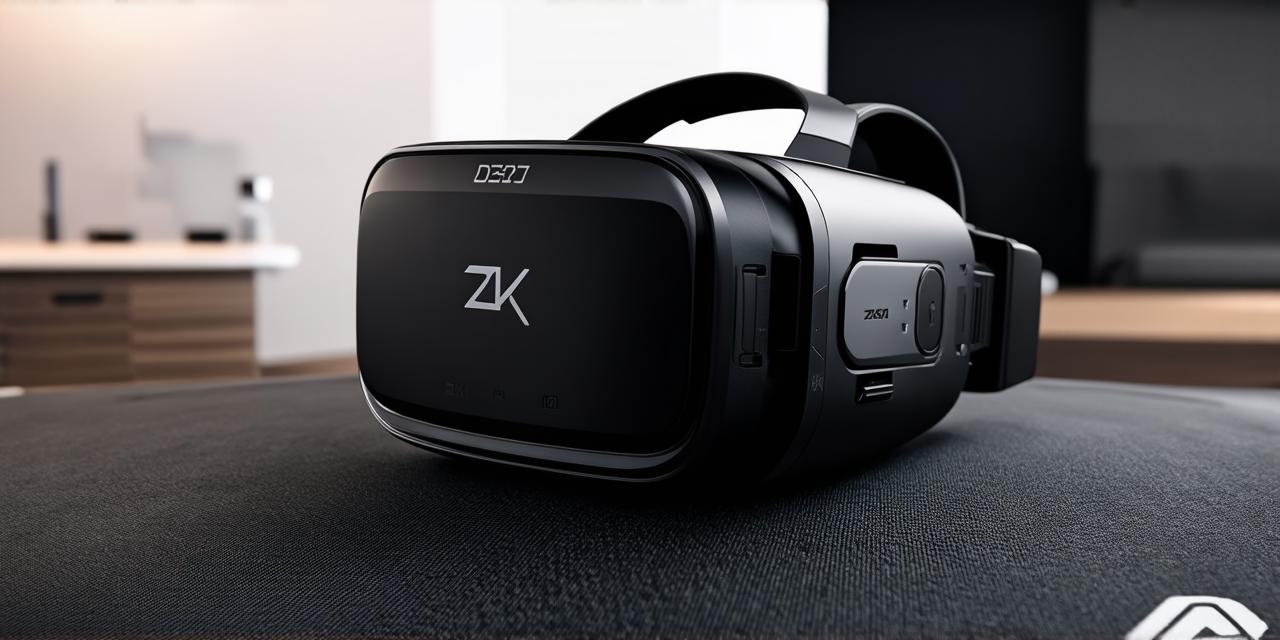
Top Tips for VR Developers: Maximizing Gear VR Capabilities
In the dynamic landscape of Virtual Reality (VR), understanding and maximizing each platform’s potential is crucial. Today, we delve deeper into the realm of Samsung’s Gear VR, offering insights, tips, and examples to help developers unlock its full potential.
The Role of Unity in Gear VR Development
John Carmack, CTO of Oculus VR, emphasizes that “Unity is the go-to engine for Gear VR development.” Leveraging Unity’s intuitive interface and robust features can significantly streamline your development process. For instance, Unity’s built-in support for Gear VR allows developers to create immersive experiences with minimal hassle.
Optimizing Performance
To ensure a smooth user experience, optimize your applications for performance. Reducing polygon counts, minimizing texture sizes, and prioritizing essential rendering tasks are key strategies. Remember, every millisecond counts in VR, and even minor improvements can lead to significant differences in user experience.
The Importance of Immersive Audio
“Audio is half the experience,” says audio designer Richard Devine. Investing in high-quality spatial audio solutions can create an immersive environment that truly transports users. For example, using 3D positional audio can make it seem as if sounds are coming from specific locations within the virtual world.
Motion Controls: A Key Feature
Integrating motion controls can transform your Gear VR applications. Utilizing Samsung’s innovative controller or exploring third-party options for a more interactive experience is essential. For instance, using motion controls to navigate through a virtual environment can make users feel more immersed in the experience.
Case Study: The Success of ‘Keep Talking and Nobody Explodes’
This multiplayer bomb-defusing game, initially developed for the Oculus Rift, was later optimized for Gear VR. Its success lies in its innovative use of voice commands and cooperative gameplay, demonstrating the potential of Gear VR applications. For example, the game’s reliance on verbal communication between players highlights the unique social aspects that can be explored in VR.
The Future: Augmented Reality Integration
As AR technology advances, integrating it with Gear VR could open new avenues for creativity. Imagine blending real-world environments with virtual ones, creating truly immersive experiences that bridge the gap between reality and virtuality. For instance, an AR application could overlay virtual information onto real-world objects, enhancing our understanding of the world around us.
FAQs
Q: What tools are best for Gear VR development?
A: Unity is the most popular choice due to its intuitive interface and robust features.

Q: How can I optimize my applications for performance?
A: Reduce polygon counts, minimize texture sizes, and prioritize essential rendering tasks.
In Conclusion
Mastering Gear VR’s capabilities requires a blend of creativity, technical prowess, and an understanding of the unique features this platform offers. By following these tips, you’re well on your way to creating truly immersive VR experiences that captivate users. The future of VR is here, and it’s in your hands. As developers continue to push the boundaries of what’s possible with Gear VR, the potential for groundbreaking, innovative applications is limitless.

